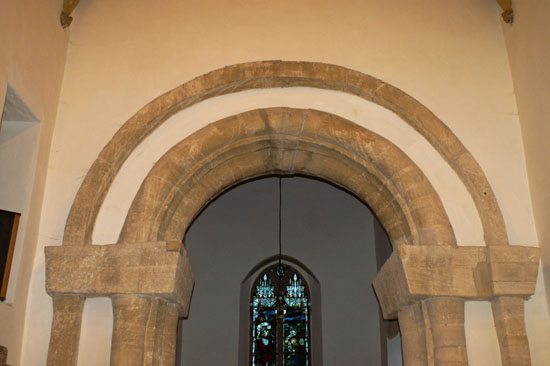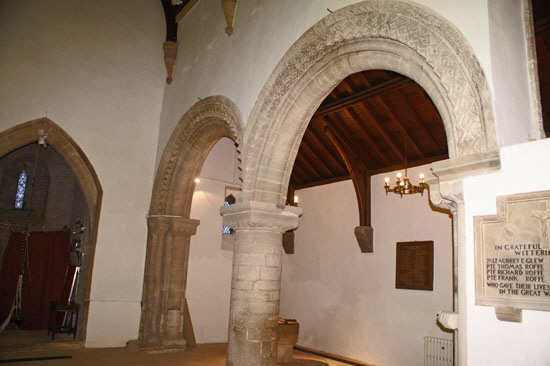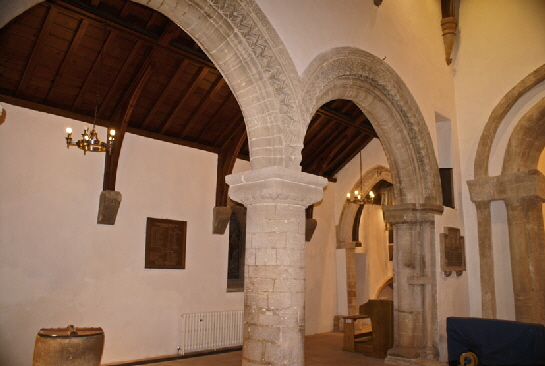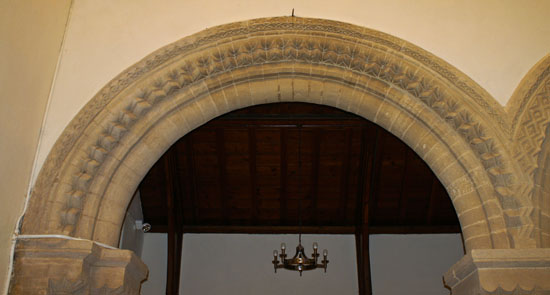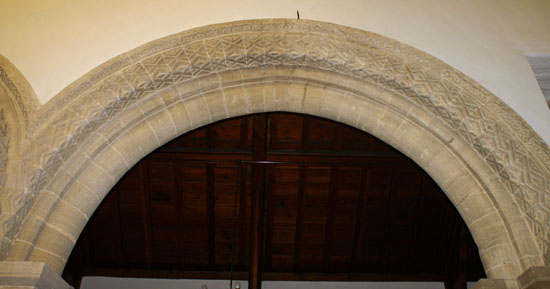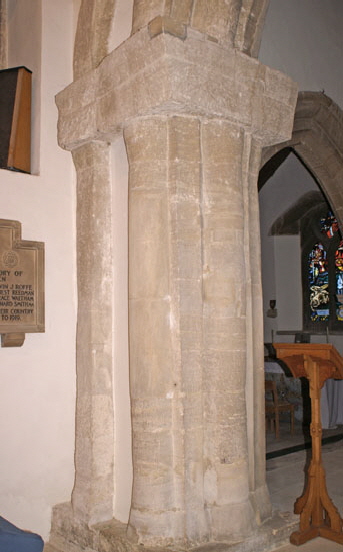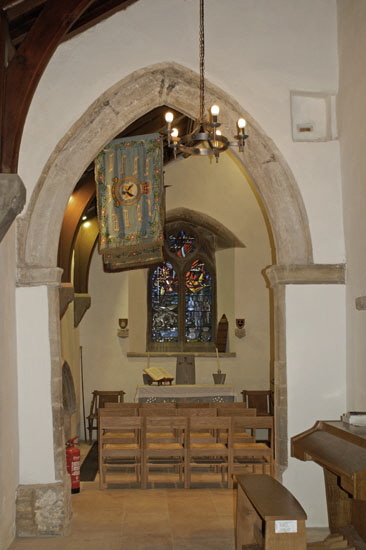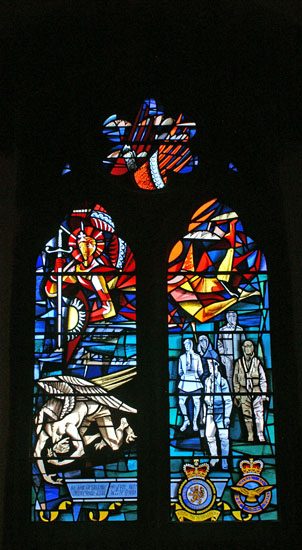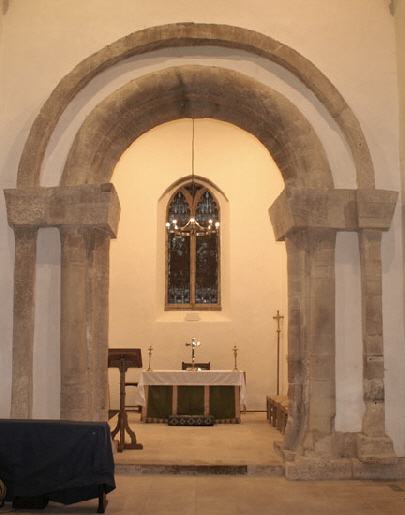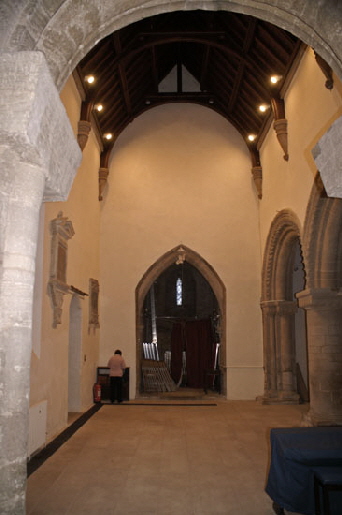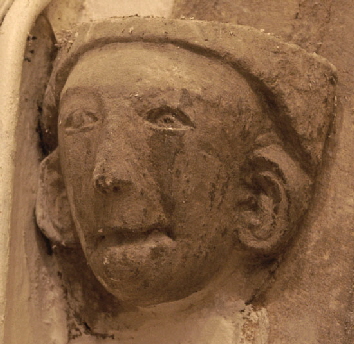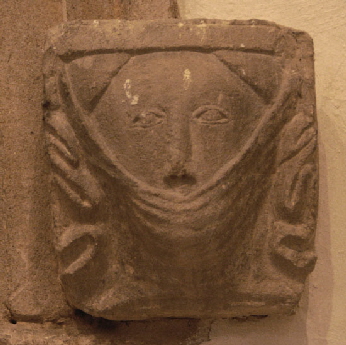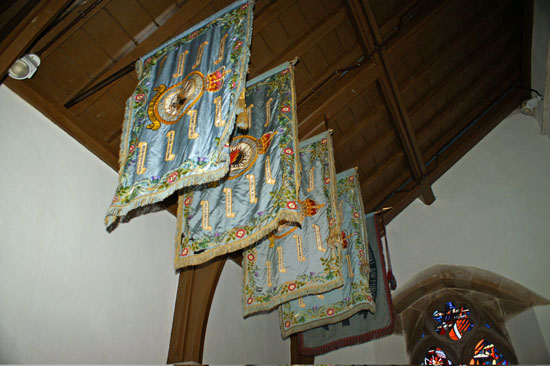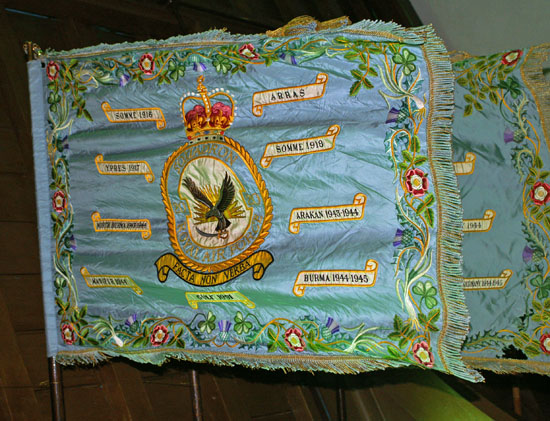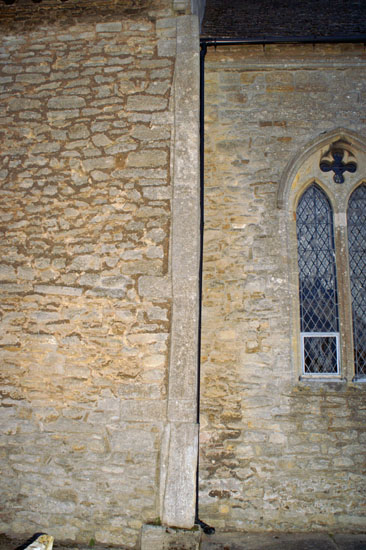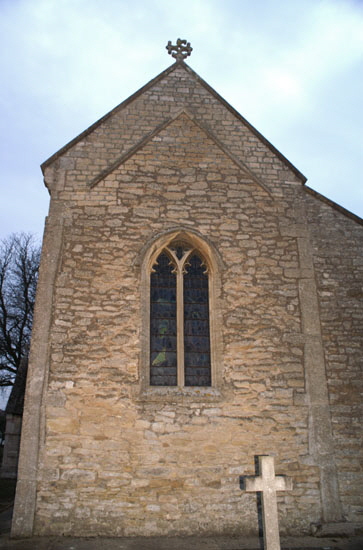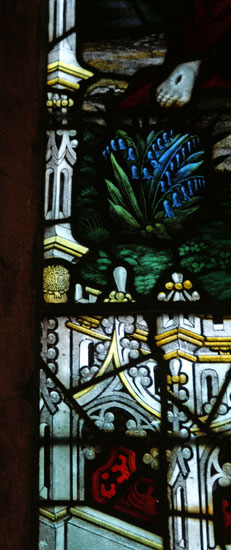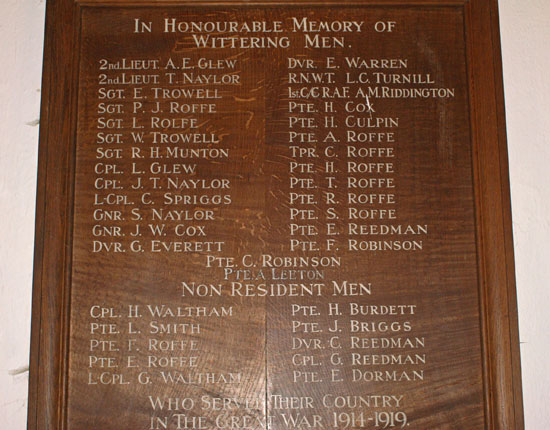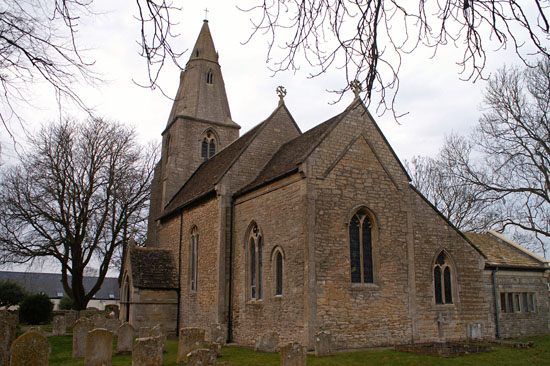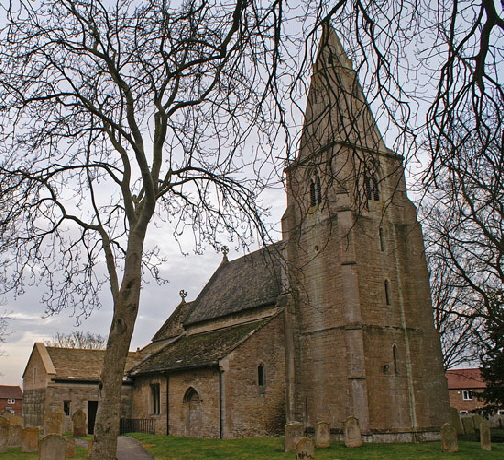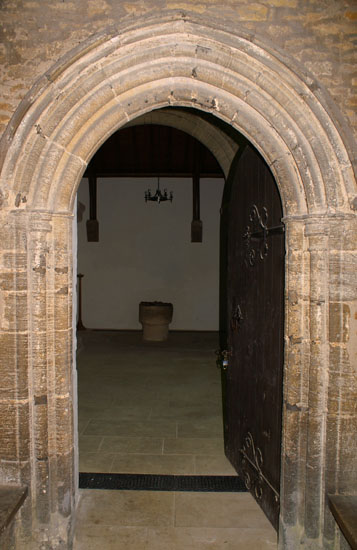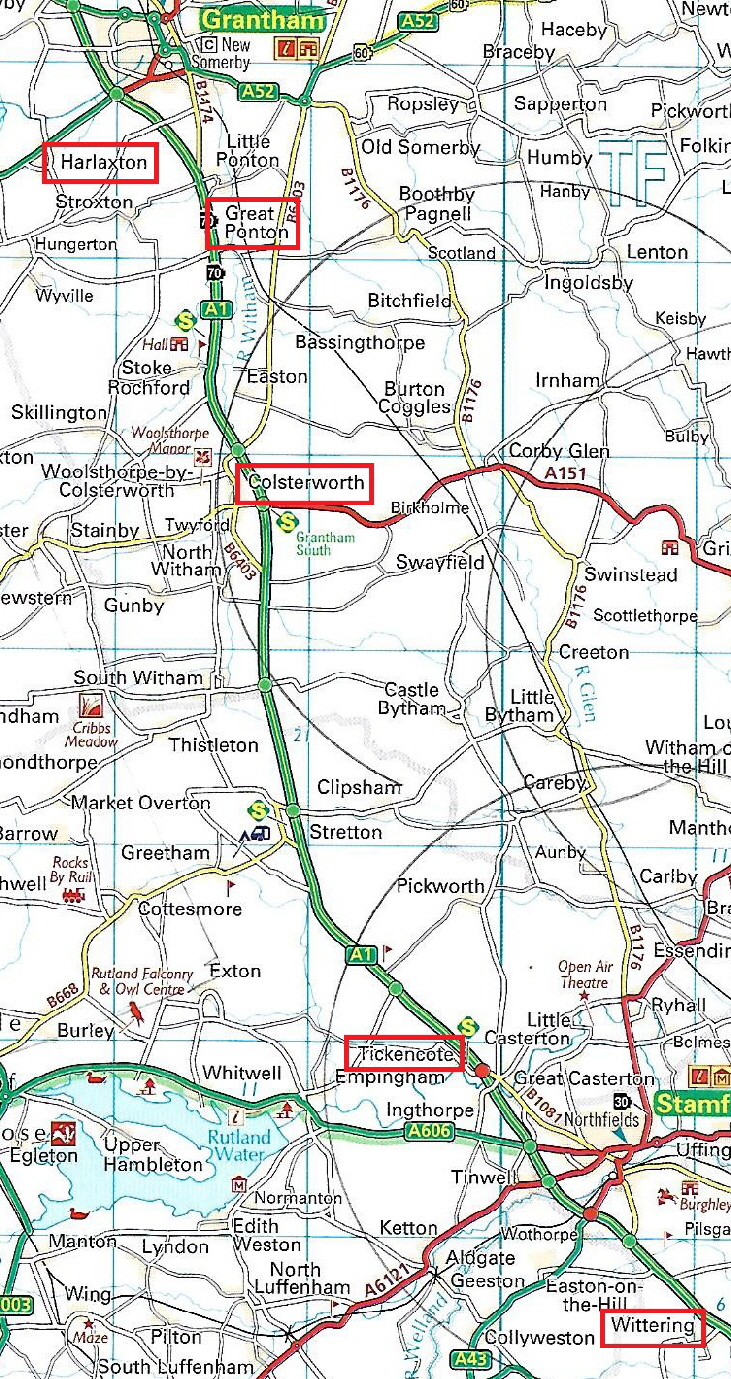|
If you are a dedicated church visitor, are you sometimes thinking it might be nice to break your journey with a church visit? Not too far from the main road because you are in a hurry. But do you look wistfully at the church steeples as you rush by? Well this is you own little church trail for when you are in the Stamford and Grantham areas. There are five churches here. And they are all a stone’s throw from the A1 in Lincolnshire, Rutland or Cambridgeshire; four on the west side and one on the east.
As you hurtle north, head off for Wittering just south of Stamford. The church with maybe the noblest Anglo-Saxon chancel arch in England is about a quarter of a mile from the A1. To do it quickly you will need the postcode for your satnav because this is a substantial village attached to an RAF base. PE9 6DZ. One snag is that it is a keyholder church. Check its website for the latest collection place - usually a shop. I have never actually had a problem collecting it within normal business hours. Parking easy. Shops and pubs should you need them.
Now head seven miles up the A1 to the real gem at Tickencote with the undisputed British Champion Norman chancel arch and a gorgeous Norman chancel. If you visit one of these churches, make it this one, The church is literally a hundred metres off the A1. Parking no problem. NB No other facilities in this hamlet.
You are on a roll now, right? So head north for about ten more miles and turn off at the junction with the A151 at Colsterworth. You are going to have to go half a mile this time (oh no!). Drive Into the village (straight road) and take a right turn at the red post box. You can’t miss the church on your left after a couple of hundred metres. Park in the road right outside. This church has Anglo-Saxon roots, deliciously obscene gargoyles and the font in which Sir Isaac Newton was christened. Pub opposite if you need a pint and a pee. A Co-Op Local (a good one) a further couple of hundred yards along the road to the right.
Your next stop, should you choose to continue your mission, is Great Ponton (bottom of Page) about five miles further north. This is a locked church. To be honest, the interior is nothing to write home about so I wouldn’t arrange for it to be opened unless you have a particular interest. But the gargoyles on the west tower are the best I have ever seen and there are other wonderful sculptures lower down on the tower. There is a car park and the church is almost literally alongside the A1. Your quickest diversion perhaps. No other facilities that I know of.
Then head about another four miles north. I’m cheating a bit because I think Harlaxton Church might be as much as a mile and a half away from the A1. Forgive me! But it’s a straight road to a church with its own car park. It has great carvings and was worked on by “John Oakham” of the Mooning Men Group of masons - see above. A very pretty church with a lot to see and a very intriguing font showing Henry IV and some interesting iconography. There are two good pubs in the village.
So there you go. Five worthwhile visits to churches of genuine merit very close to the A1. What’s not to like? Just allow yourself a couple of hours extra time and gorge yourself!
|

